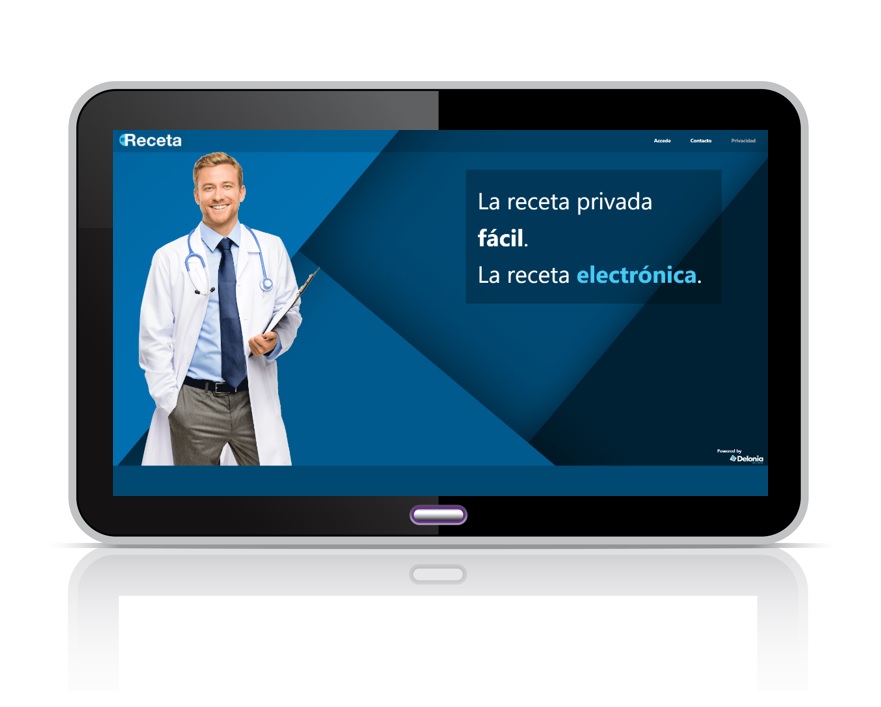It is curious what happened at the end of 2022 with the management of medical prescriptions in Argentina. There, the Ministry of Health revoked a rule that allowed to be sent to patients by e-mail or WhatsApp paper prescriptions scanned or photographed. In this way, an attempt has been made to prevent patients from moving to the physical spaces where medical consultations are carried out during a period in which it has been better to avoid places with high exposure to the Covid19 virus. After repealing the rule, it has been decided to extend it until the end of February for patients with chronic diseases. The revocation has generated some chaos among patients, which has made it advisable to extend this practice and thus ease the transition.
It is interesting to analyze what the situation has been in Spain regarding the prescription of medicines during the pandemic period. A priori, it does not seem easy for a practice of this type to be authorized since in our country there is an Organic Law on Data Protection and Guarantee of Digital Rights. In line with the European standard, it places special emphasis on the protection of health data. It is difficult to relax a practice that would expose people’s medical data.
Would it have been the only possible option if during the pandemic period patients had not been able to access their treatments? Perhaps, however, in Spain the electronic medical prescription in the public health system has been fully implemented for years. This means that the majority of treatments for chronic or acute conditions, which are largely provided by the public system, are not prescribed by means of a physical prescription on paper, and that therefore the need to be present in person is no longer necessary.
Regarding the prescription in private healthcare, its use still has a long way to go since there is a huge number of healthcare professionals who use paper prescriptions. Digital prescriptions are in place for professionals working for major hospital groups, as well as for those working on telemedicine platforms. But there are still many hospitals, medical centres and private practitioners who do not have this resource.
It is worth asking whether, in the context of the pandemic, private healthcare professionals have used alternative channels not approved by medical colleges to send this information. The answer is no, as they know that this is an anomalous practice: it guarantees neither the security nor the integrity of the data and does not allow the signature of the prescribing professional to be certified. As much as this may make life easier for patients, it is not advisable to circulate a large number of photos of physical prescriptions on the web. In addition, pharmacies cannot accept prescriptions not issued by orthodox procedures.

However, there is one practice that is quite widespread in private health care, namely the photocopying of prescriptions for over-the-counter medicines. It does not matter if in these cases the professional sends the encrypted image with a password, as these are very basic security measures. Let us not forget that a digital prescription is not the same as a digitised prescription – the photo or image of a paper prescription – but is a digital document issued by an official, registered and approved digital platform. These systems must have security and traceability mechanisms in place to ensure proper handling of personal health data and require strict validation to be approved as valid, both in the prescribing system and in the system where the information is stored.
A further lesson of the pandemic is that private practitioners should be encouraged to use the official prescriptions provided for this purpose by the medical associations of each community and to promote the use of the digital private prescription or electronic prescription, so as not to be dependent on face-to-face, promote video consultation services with guarantees and equate this practice to what is already happening in public health.
Of primary importance is the work that medical professionals can do, together with medical centres and hospitals, in implementing and starting to use electronic prescriptions. They are the ones who can provide the definitive impetus to consolidate the use of private digital prescriptions and consolidate it in their healthcare practice. There are many benefits for everyone involved:
- – The electronic prescription safeguards the authorship and the information of the treatments, so that only the patient decides to whom he provides this information. This eliminates the possibility of using unauthorized communication channels.
- – The follow-up of the treatments by the patient is easier because they will have clearer information about it in their patient sheet, also increasing adherence – taking the medication with the prescribed dosage and during the programmed period of time –.
- – It makes life much easier for patients, for any type of treatment, but especially for chronic patients, avoiding unnecessary trips to the doctor’s office.
- – Communication with the pharmacist is intensified and if the pharmacist detects at the time of dispensing aspects that make it advisable to change or modify the treatment, he/she can inform the physician.
Delonia offers an electronic prescription solution certified by the Spanish Medical Association (Organización Médica Colegial de España). Among its main distinguishing features is its high capacity for integration with the previous systems of any prescribing entity, because we know that the technological development of organisations entails an increasingly high and complex need for communication between systems. For more information click here.
